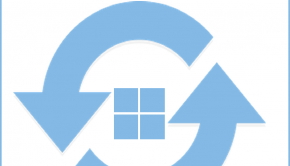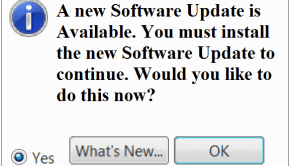Shockwave Flash Object Troubleshooting
Reader Question:
“Hi Wally, I am having problems with Shockwave Flash Object and wondering how to fix it?” - Patrick B., USA
Before addressing any computer issue, I always recommend scanning and repairing any underlying problems affecting your PC health and performance:
- Step 1 : Download PC Repair & Optimizer Tool (WinThruster for Win 10, 8, 7, Vista, XP and 2000 – Microsoft Gold Certified).
- Step 2 : Click “Start Scan” to find Windows registry issues that could be causing PC problems.
- Step 3 : Click “Repair All” to fix all issues.
Setting up weekly (or daily) automatic scans will help prevent system problems and keep your PC running fast and trouble-free.
Wally’s Answer:
Overview of Shockwave Flash Object
Shockwave Flash Object is a file or collection of files that are designed to be opened by Adobe Shockwave Player or Adobe Flash Player. These files may contain graphics, animation, video, or audio. Some of these files can contain both audio and images.
The most popular file formats for Shockwave Flash Objects are .swf, .fla, .flv and .f4b. The .swf files are often referred to as Shockwave files, but the extension actually stands for Small Web File. Many of the browser-based flash games are formatted in .swf. Most of the videos on YouTube are in .flv format. One of the most popular audiobook formats is .f4b.
All of these file formats are locked and final, which means that they cannot be edited. There are several applications that can deconstruct these files so they can be altered and then saved in either the original format or in a different format.
Shockwave Flash Objects can also be used by several different desktop media applications like Windows Media Player and VLC Media Player.
What Problems are Associated with Shockwave Flash Object?
One of the most common errors encountered with Shockwave Flash Objects happens when a user attempts to open Shockwave Flash Object with a program that does not support the file format. A typical error message would be something like, “The file cannot be opened.” This is a fairly common problem with Windows Media Player because Microsoft does not develop Shockwave Flash Objects.
In order to play the file, the appropriate codec must be downloaded and installed. Windows Media Player will need to be closed and restarted after the codec is installed in order for the content to be used successfully. Not all .swf or .flv files will use the same codec so it is often necessary to download and install a codec even when the user has been watching .flv video files previously with Windows Media Player.
Another common problem with Shockwave Flash Object happens in web browsers like Internet Explorer, Firefox, and Chrome. When attempting to view a page with an embedded Shockwave Flash Object, the browser will freeze. This is usually caused by a damaged Shockwave Flash Object plug-in. Disabling the plug-in on the browser will often allow the page to be viewed but the Flash Object will not play. Reinstalling the plug-in will be necessary to fully resolve the issue.
I Hope You Liked This Blog Article! If You Need Additional Support on This Issue Then Please Don’t Hesitate To Contact Me On Facebook.
Is Your PC Healthy?
I always recommend to my readers to regularly use a trusted registry cleaner and optimizer such as WinThruster or CCleaner. Many problems that you encounter can be attributed to a corrupt and bloated registry.
Happy Computing! ![]()

Wally's Answer Rating
Summary: Every Windows Wally blog post is evaluated on these three criteria. The average of all three elements determines an "Overall Rating" for each blog post.














